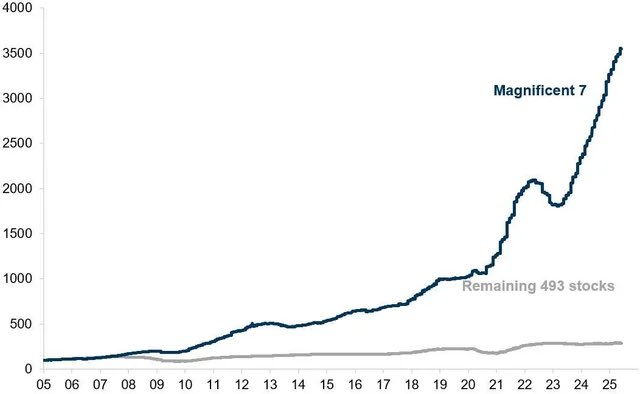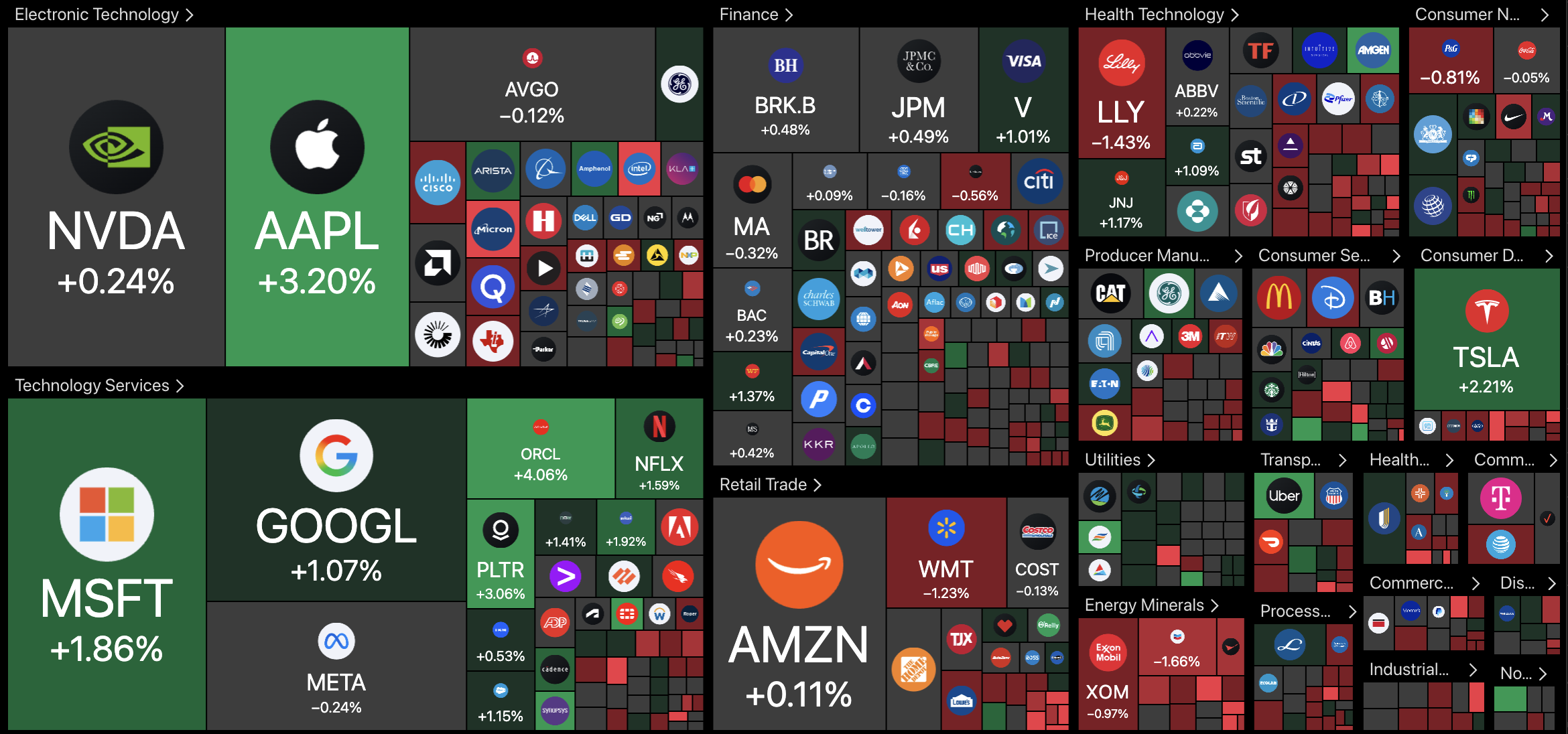An Internet-first economy is a shift from legacy, location-bound systems to digital-native commerce and governance powered by blockchain, AI, and online platforms; it relies on crypto-native money, distributed communities, and onchain transparency to enable 24/7 markets and new forms of economic organization.
-
Internet-first economy accelerates digital commerce with blockchain and AI.
-
Network states and online communities require crypto-native money and onchain infrastructure.
-
Data: technology stocks (the “Magnificent Seven”) have outpaced the broader S&P 500 since 2005, highlighting the market shift.
Internet-first economy: Learn how blockchain, AI, and crypto reshape markets and governance — read the latest analysis and expert quotes from Balaji Srinivasan. Stay informed.
Blockchain, artificial intelligence, and online platforms are the driving forces of an Internet-first economy that is reshaping commerce, finance, and governance.
The traditional economy is being phased out in advanced countries transitioning to an Internet-first economy dominated by technology platforms and digital money, according to Balaji Srinivasan, former Coinbase executive and author of “The Network State.”
“The legacy economy is being sunset in favor of the Internet economy,” Srinivasan wrote in an X post, sharing a chart that shows the price divergence of the “Magnificent Seven” tech stocks versus the remaining S&P 500 constituents.

Magnificent Seven tech stock performance versus the remaining 493 companies in the S&P 500 index. Source: Balaji Srinivasan
What is an Internet-first economy and how does it differ from the legacy economy?
An Internet-first economy is a digital-native economic system where production, transactions, governance, and identity are primarily online. It differs from the legacy economy by operating 24/7, using blockchain-based money and smart contracts, and leaning on AI and platforms for coordination and trust.
How do the Magnificent Seven illustrate the Internet-first shift?
The Magnificent Seven — Apple, Microsoft, Amazon, Alphabet (Google), Meta Platforms, Nvidia, and Tesla — show market concentration in internet and technology businesses. Their sustained outperformance versus the broader S&P 500 demonstrates investor preference for platform-driven, scalable models that benefit from network effects.
The divergence since 2005 highlights how digital-native companies capture more revenue per user and scale faster than traditional firms, reinforcing the Internet-first narrative.
Why will network states and crypto-native money matter?
Network states are distributed online communities that may organize economic activity and governance digitally. Crypto-native money provides programmable, borderless payments and onchain accountability that these communities need for trade, membership, and public finance.
Balaji Srinivasan argues that network states require internet-native currencies to function at scale. This enables transparent budgets, automated enforcement, and faster global settlement than legacy banking rails.

Technology and internet stocks dominate the US stock market. Source: TradingView
How are regulators and institutions responding to the transition?
Regulators are increasingly adapting. The U.S. SEC and CFTC issued a joint statement exploring 24/7 capital markets to align legacy processes with round-the-clock crypto trading. Agencies are also experimenting with publishing official data onchain via oracle providers such as Pyth Network and Chainlink (mentioned as text-only sources here) to improve transparency.
These moves indicate a cautious but tangible shift toward integrating blockchain and AI into public markets and economic reporting.
How will 24/7 markets change market structure?
24/7 markets reduce settlement latency, expand trading windows, and require new market surveillance tools. Exchanges and clearinghouses will need real-time monitoring systems powered by AI and onchain observability to maintain integrity.
Comparison: Magnificent Seven vs. S&P 500 (summary table)
| Metric | Magnificent Seven | Remaining S&P 500 |
|---|---|---|
| Growth since 2005 | High | Moderate/Flat |
| Business model | Platform / AI / Cloud | Traditional industries |
| Role in Internet-first economy | Core enablers | Gradual adopters |
Frequently Asked Questions
What are the main components of an Internet-first economy?
Key components include blockchain infrastructure, crypto-native money, AI-driven coordination, online platforms, and digitally native governance structures such as network states. Together, these enable continuous markets and programmable public goods.
When will network states become viable?
Network states are emergent and will scale as crypto infrastructure matures, legal frameworks adapt, and communities demonstrate governance and economic sustainability. Adoption will be incremental and sector-specific.
Key Takeaways
- Internet-first economy: Digital-native commerce uses blockchain, AI, and platforms for round-the-clock markets.
- Network states: Distributed communities will need crypto-native money and onchain governance to scale.
- Regulatory shift: U.S. agencies and onchain oracle experiments point to gradual institutional integration.
Conclusion
The move to an Internet-first economy is underway, driven by blockchain, AI, and platform power concentrated in the Magnificent Seven. Balaji Srinivasan’s network state thesis frames the next phase, where crypto-native money and onchain transparency enable new economic and governance models. Watch for continued regulatory adaptation, infrastructure upgrades, and practical pilots as indicators of adoption.
Published: 2025-09-21 · Updated: 2025-09-21 · Author: COINOTAG
